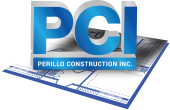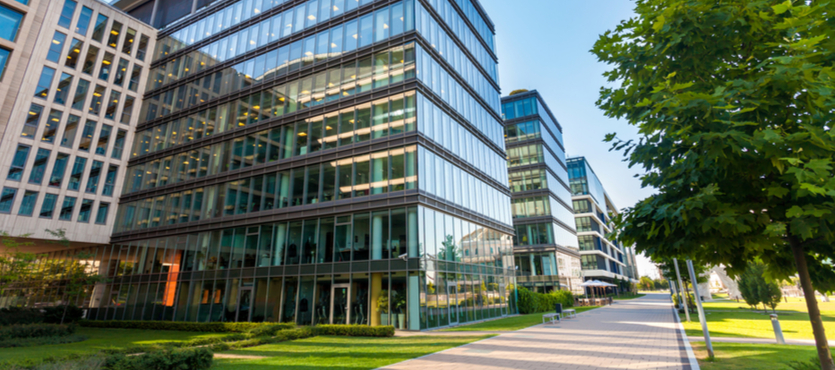As concern for the environment grows, environmental legislation evolves and property owners, tenants, and shareholders seek to lower negative ecological effects. As a result, the demand for sustainable, eco-friendly buildings is rising forcing property owners and managers to assume environmental responsibility in their properties. LEED (Leadership in Energy and Environmental Design) certification offers an accurate way to measure and inform a building’s sustainability.
LEED Certification Explained
Developed by the USGBC (United States Green Building Council), LEED sets the standard for high performance green buildings, including homes. These standards include not only design and construction, but also maintenance and operation of the properties which offers an increased level of energy efficient performance than those required by legislation or building codes. Green building delivers enhanced levels of health and productivity for employees or residents, while decreasing waste though the use of fewer resources and thus lowering adverse environmental impacts. LEED certification is the global standard for healthy, green, energy efficient, and cost effective properties whether new builds or existing buildings.
LEED Certification Advantages for Commercial Properties
As the demand for eco-friendly, sustainable buildings increases, it is important to note the advantages of LEED Certification not only for the owners and their properties, but also for occupants and the environment.
For property owners, LEED certification has the ability to boost your brand as well as the overall appeal of your property. Green buildings are viewed positively, showcasing you as an environmentally leader in your community, and in most cases allowing you to charge higher rates when leasing your property. Also on the positive side, sustainable properties are most cost effective to maintain and operate, using fewer resources (water, power, etc.) and creating lower levels of waste, which, in turn, means lower utility costs.
For those inside – residents, occupants, employees – high-performance green buildings mean a healthier space offering enhanced air quality and thermal comfort. In addition, interior design is crafted to increase the health and comfort of those within. For managers, a sustainable building also means greater productivity and retention among employees. In green buildings, the air is clearer as volatile organic compound (VOC) emissions are considerably lower, which means employees are less likely to exposed to airborne chemicals and pollutants which can cause illness. In schools and healthcare spaces, the significance of a healthy indoor environment with exceptional air quality designed with health in mind is re-assured by LEED Certification.
For the environment, LEED certified buildings decrease environmental stress by using less water, energy, and other natural resources, as well as generating lower levels of waste. As energy and resource efficient, LEED certified properties also earn additional points (higher ratings) and offer greater advantages when using renewable energy sources, proactively reducing indoor water usage, and providing collection points for recyclables.
Getting LEED Certification for Your Property
The latest iteration of LEED certification is LEED v4.1. For LEED certification, your property or project must meet a series of prerequisites and attain points in various categories. LEED Certification has these rating systems from which to choose.
- Building Design and Construction
- Operations and Maintenance
- Interior Design and Construction
- Residential (Homes)
- Neighborhood Development
In each system, points are earned based on successfully achieved goals in the following categories.
- Sustainable Sites – Achieved by limiting ecological impact for the site and the surrounding areas, points are awarded for emphasis on building, ecosystem, and service relationships
- Water Efficiency – Providing efficient water use – reducing consumption, offering effective, ecological water treatment
- Energy & Atmosphere – Points are earned for energy efficiency, the use of renewable energy sources, maintaining Ozone protocols, and delivering exceptional energy performance
- Materials & Resources – Utilizing sustainable building materials and reducing waste
- Indoor Environmental Quality – Delivering good indoor air quality, by eliminating, decreasing, and controlling contaminants and pollutants, developing connections to the outdoor environs, and providing thermostat control for optimal indoor temperatures.
- Location and Transportation – Giving priority to compact housing development, access to alternative transportation and connection to amenities, and the protection of green space
- Innovation – points are earned sustainable design innovations based on the latest research
- Regional Priority – Building with a focus on local environmental issues and priorities
- Education and Awareness – Points are earned by providing an educational walkthrough with property owners to ensure competent operation, as well as delivery of a completed LEED checklist and needed manuals for all systems.
Ready to Learn More?
Perillo Construction is ready to help you gain the advantages of LEED Certification for your property – call today.

